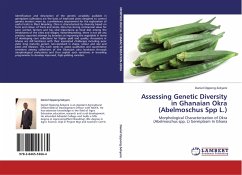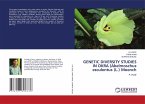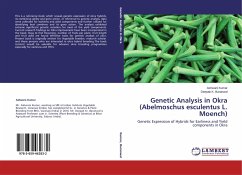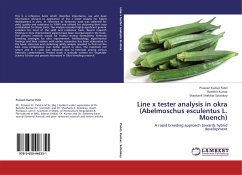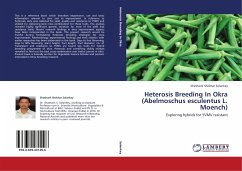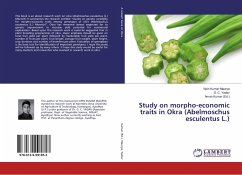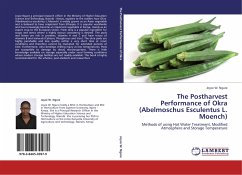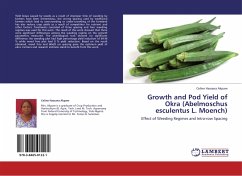Identification and description of the genetic variability available in germplasm collections are the basis of improved plans designed to control genetic erosion; more so, a preliminary requirement for the exploration of useful traits in Plant Breeding. Okra is characterized by diversity based on form and colour of fruits and stems, Okra has strong commercial value for poor women farmers and has vital importance as food diet among the inhabitants of the cities and villages. Notwithstanding, there is not yet any previous reported attempt by breeders at improving the vegetable in terms of developing core collections for higher yield and quality. Accessions in Ghana are still landraces with their associated challenges including poor yield, long maturity period, non-standard in shape, colour and size and pests and diseases. This work seeks to assess qualitative and quantitative variations among collections of the Ghanaian okra landraces through morphological evaluations and thus exploit such variations in breeding programmes to develop improved, high-yielding varieties.
Bitte wählen Sie Ihr Anliegen aus.
Rechnungen
Retourenschein anfordern
Bestellstatus
Storno

